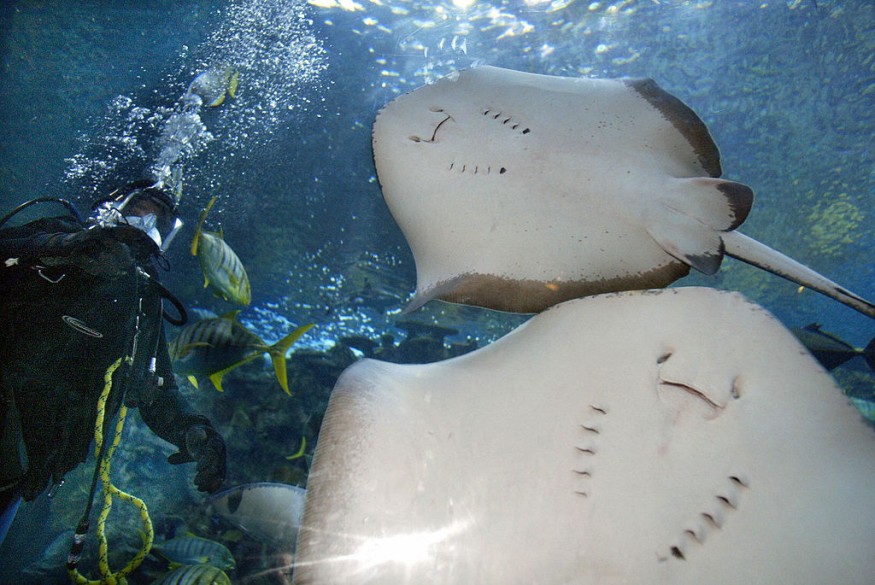Researchers emphasized the role of stingrays in protecting estuaries, which are crucial for maintaining estuary health and ecosystems.
Estuaries are unique habitats for many species. While these areas are important, they have suffered from various threats, including pollution, human disturbance, and plastic waste.
Protecting estuaries is crucial for the environment, and many species amidst climate change and habitat loss. In addition, one notable marine creature helps to ensure the health of these habitats: Stingrays.
The role of stingrays in protecting and maintaining estuaries

According to a June 18 report, researchers recognized the role of stingrays in protecting and shaping estuaries. The report published in Remote Sensing in Ecology and Conservation.
The researchers monitored the stingrays in New South Wales and Brisbane Water. A recent study discovered that these animals help move or displace over 21,000 tonnes of sand every year, maintaining the overall health of the estuary ecosystem.
Another benefit of stingrays is the creation of shallow divots while sleeping and feeding. These divots are important for allowing oxygen to penetrate the sand, which benefits other species and organisms.
In addition to shallow divots, stingrays help with the pit creation. These pits contribute to the health of the estuary ecosystem.
Despite stingrays' environmental importance, these animals are also threatened by the following:
- Habitat loss
- Climate change or temperature fluctuation
- Overfishing
- Pollution
- Fishing gear entanglement or bycatch
Researchers also raised concerns about the potential decline in the stingray population due to the aforementioned threats. When stingrays experience an alarming decline, it will result in a decline in sand turnover, devastating to other marine creatures and commercial fishing.
To better monitor the situation of stingrays, the researchers used aerial imagery and drones to map them. The mapping shows the topography and estuary floor, which provides new insight into counting stingray pits.
Using advanced technology, the researchers can better view the pit formation, which is beneficial to other species underwater. The loss of stingrays can lead to an alarming concern because of their ecological value.
As a result, conservation efforts and raising awareness about protecting stingrays are crucial for the environment and marine health, particularly the estuary ecosystem. Additionally, addressing the threats to their population mitigates the consequences of climate change and human disturbance.
Threats to Deepwater Sharks and Rays
A recent Nature World News (NWN) report reveals potential threats to sharks and rays, including incidental bycatch, oil exploration, and overfishing. The report highlights one in seven species can likely experience the brink of extinction. The findings were published in Science in March 2024.
The study observed over 500 sharks and ray species, warning of the possible decline of 60 different fishies. The exploitation of overfishing and liver oil trade can cause the population loss of many deepwater sharks and rays.
Related Article : Microplastic Particles Found Inside the Bodies of Whales and Dolphins
For more similar, don't forget to follow Nature World News.
© 2025 NatureWorldNews.com All rights reserved. Do not reproduce without permission.





